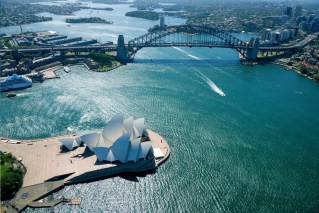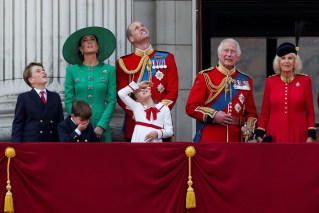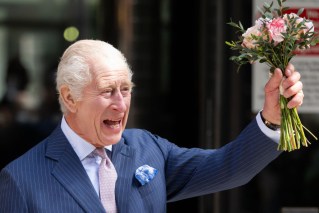Electricity prices predicted to drop more than $100 by 2023 due to renewables

The average annual household electricity bill will fall roughly $120 over the next three years because of Australia’s developing reliance on solar and wind, according to the nation’s energy policy adviser.
The Australian Energy Market Commission’s (AEMC) suggests electricity prices will be 8.7 per cent lower, or $117, by 2023 for the average two-person household on a market offer.
The market offer is the price cap retailers can charge customers for their annual electricity usage.
Wholesale costs, or the price retailers pay for electricity to supply to their customers, are expected to fall $150 over the three-year period due to renewables uptake and lower prices for gas.
However, the outcomes vary across the states and territories that make up the National Energy Market (NEM).
South Australians will see the largest plunge in prices, with a $203 saving by 2023 (10.8 per cent below this year).
That follows the state’s status as an emerging renewables powerhouse, with roughly 60 per cent of grid demand sourced from wind and solar.
And along with its recently-unveiled climate action plan, it is aiming for a mid-century target of more than 500 per cent renewables.
Victorian customers should anticipate an average $172, or 15.2 per cent, saving off their annual electricity prices, while south-east Queenslanders can expect to be charged $190 less (14 per cent lower than this year).
Meanwhile, both NSW and ACT customers are estimated to see 2.2 per cent (an average $29 saving) and 2.3 per cent falls ($45 saving) in their electricity prices, respectively.
And Tasmanian residents will see an annual saving of $70 (3.6 per cent).
The AEMC’s modelling factors in the total capacity of renewable projects currently in the pipeline, which include 1.66 gigawatts of solar and 2.58 gigawatts of wind.
AEMC chief executive Benn Barr said recent projects announced in NSW and Victoria to increase the nation’s renewables capacity were not taken into account.
But he said they could cause prices to fall even further.
“It’s great to see prices falling because at the AEMC what drives us is how to keep the lights on and costs down in a decarbonising power system,” Mr Barr said.
“The three key drivers of household electricity bills – wholesale costs, network costs and environmental costs – are all falling, which accounts for the overall drop that we are seeing.
Victorian Premier Daniel Andrews announced a $1.6 billion investment in renewables in November’s state budget, including six Renewable Energy Zones and the development of Australia’s first offshore wind generator.
And NSW’s energy infrastructure roadmap, expected to produce $32 billion in private investment, is tipped to pump out 12 gigawatts of renewable energy and two gigawatts of storage by 2030.
Energy Minister Angus Taylor welcomed the forecasts and called on the nation’s retailers to pass on the reduced costs of producing energy to families and small businesses.
“The government is on the side of consumers,” Mr Taylor said.
“We are taking strong action to ensure Australians are paying less to keep lights on.”
The AEMC’s forecast follows seven consecutive quarters of year-on-year retail price falls, which the government has attributed to reduced late payment fees, a cap on market offers and last year’s passing of the ‘big stick’ energy bill.










